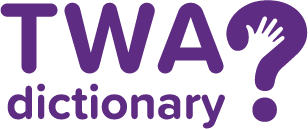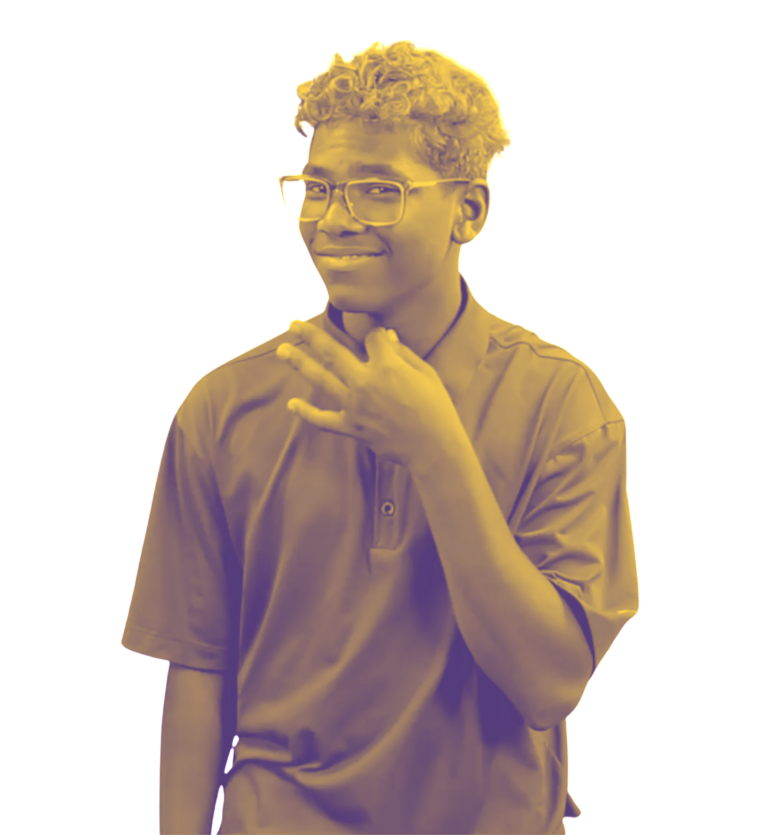AMERICAN SIGN LANGUAGE AND DEAF CULTURE BLOG
Troy Kotsur’s Oscar Win: A Sign of More Deaf Representation in Hollywood?
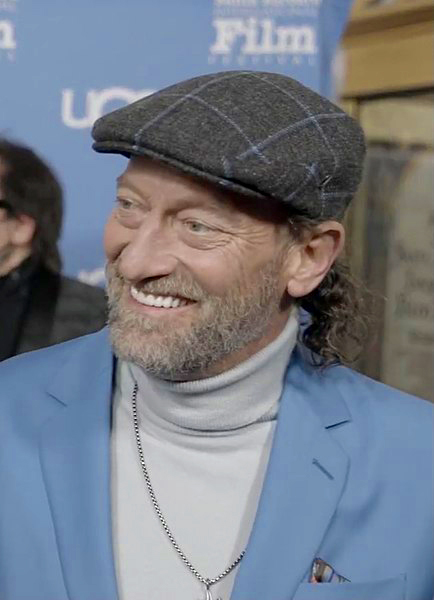
You might know him for his Academy Award in the movie CODA. Or you know him as an actor and director, both in the theater and on screen. But history will remember Troy Kotsur as the man who, as a result of his excellent performance, shined a light on the Deaf community and helped paved the way for future deaf actors and actresses in Hollywood.
With his role in CODA, Troy Kotsur became the first deaf man in history to win an Oscar as the Best Supporting Actor. Before him, actress Marlee Matlin was the only deaf person to win an Oscar as the Best Actress for her performance in the movie Children of a Lesser God in 1987. Marlee is also the youngest winner of the Best Actress award, a record she has held since 1987.
Interestingly enough, Kotsur said it was Matlin who inspired him to pursue a career in acting.
However, his career path hadn’t been easy. While he flourished on stage in theaters, his on-screen roles on TV and in movies were few and far between.
Yet, he managed to leave a massive imprint on the movie industry, and raise awareness about those who are still underrepresented in Hollywood—deaf people.
That said, in this article, we take a look at Troy Kotsur’s acting career and the role American Sign Language played in it.
Troy Kotsur Created the Sign Language Used In the Mandalorian
CODA wasn’t the first important thing Troy Kotsur did for the movie industry.
As an avid fan of Star Wars, Kotsur had an opportunity to work on The Mandalorian, one of the series from the franchise, and created a language of the Tusken Raiders—the Tusken Sign Language (TSL).
In an interview with The Daily Moth, he said:
“Eight years old! I have been a fan since that age. Remember that in the year 1977, technology was limited and accessibility for Deaf people was limited, but that Star Wars movie blew my mind. It changed my life. Why? It was like ‘wet-eyes’ – so visual for me. For the first 5 minutes, remember the opening of that movie? The spaceships shooting, the robots, C-3P0 scrambling, and all of that overwhelmed my eyes. I watched it 28 times. I watched the movie Star Wars: A New Hope 28 times.”
Troy Kotsur was first hired to be a sign language consultant for the show and to help with the creation of the Tusken Sign Language, but the production team saw his obvious acting talent and hired him to act as a Tusken Raider. This made him the first deaf actor to be featured in the Star Wars franchise.
How did the production team know to hire a sign language consultant in the first place? A person on the team took an American Sign Language class in the past! Kotsur mentioned in the same interview that he feels that this shows the importance of ASL classes and how they help people become allies to the Deaf community.
In all, ASL played a big part in Troy Kotsur’s success! Thanks to his knowledge of ASL and the ASL classes that the production team member took, this breakthrough role eventually led him to his Academy Award-winning role.
Troy Kotsur has starred in and directed other movies as well. He played a love interest in Wild Prairie Rose and directed No Ordinary Hero, which starred Deaf actor John Maucere.
Kotsur’s next project is to star in an upcoming Disney+ series about the California School for the Deaf Riverside’s 2021 football season. Marlee Matlin is an executive producer for the series, as well as Kotsur himself.
Audible: Another Important Movie About the Deaf Culture
Besides CODA, there’s another movie that deserves our attention. An Oscar-nominated documentary, Audible, tells the story of a deaf high school football team in Maryland. It also shows the life of Amree McKinstry-Hall, an athlete in his senior year who copes with the loss of his best friend who committed suicide.
Audible shows McKinstry-Hall’s reluctance and fear about leaving the protective bubble of a community where everyone understands ASL, and entering the world where ASL is signed by few. It reflects the struggle and reality of deaf people who go about their lives as a minority in a predominantly hearing society.
Lastly, besides spreading awareness about the deaf community, this documentary is important because it examines and shows diversity within the deaf community, including those who identify as Transgender, Black or Latine.
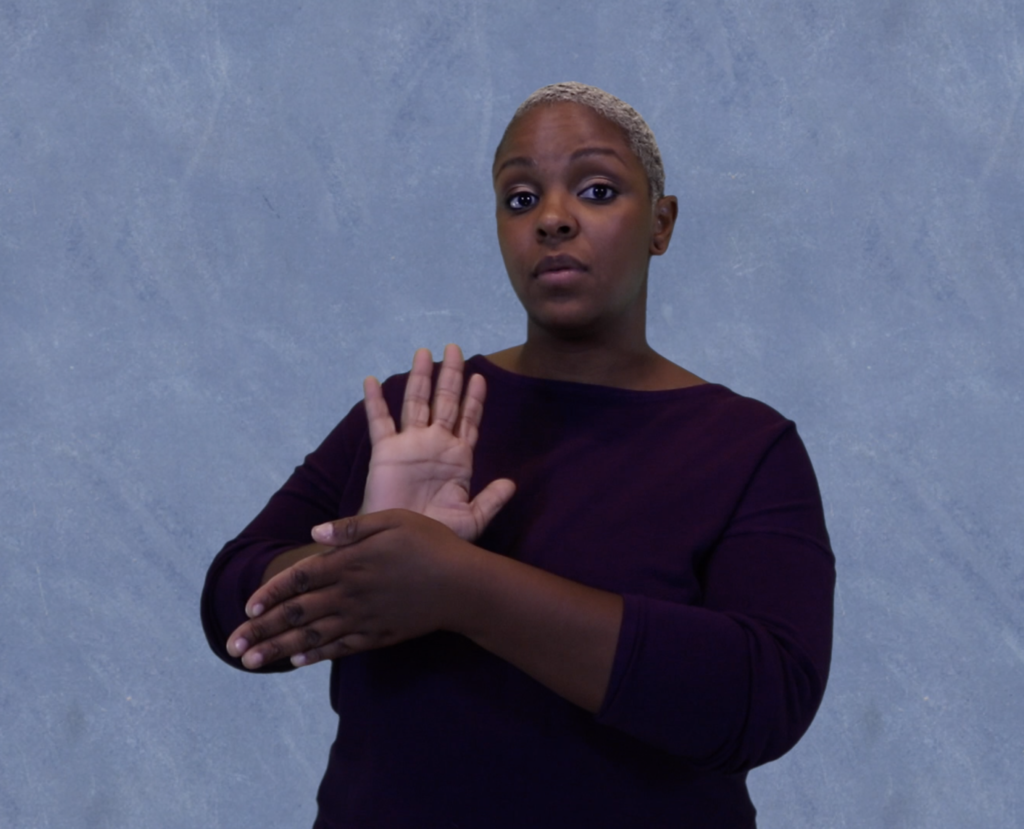
Has Hollywood Been Afraid to Cast Deaf Actors and Actresses?
Hollywood has a history of not producing movies that accurately represent deaf people mostly due to their lack of awareness about deaf people and their culture.
What’s more, we find plenty of cases where hearing actors play deaf characters. In a sense, this is offensive to deaf people since they’re not accurately portrayed in the arts. The truth is, Hollywood didn’t go the extra mile for the deaf community.
In fact, Hollywood had been instructing hearing actors to just imitate hand movements of sign language and mannerisms. However, deaf people know signing is much more than that: it’s about facial grammar, engaging the whole body, and has an entire culture embedded within. Authenticity shows – and hearing actors or actresses cannot learn it in such a short time in the preparation for their acting roles, often looking ungrammatical as they attempt to sign.
To add insult to injury, Hollywood failed to hire deaf people as writers, producers, and directors at almost every opportunity.
The bottom line is we need more equality and we need to embrace the stories deaf people tell us. Having deaf people play deaf characters in theater and screenplay is the only way we’ll be able to see something authentic from the deaf community at large. We also need more stories where being deaf isn’t portrayed as a disability or as the focal point of a character.
We need to see people first, who live their lives like everyone else.
CODA and Audible: Has Progress Been Made?
We rarely see deaf and hard-of-hearing people in movies, let alone getting nominations for Academy Awards. The buzz and recognition both CODA and Audible received, is a sign that the movie industry is starting to recognize the authenticity, talent, and power within the stories of deaf people.
While there’s still a long way to go, we can inspire various approaches to creating productions inclusive of deaf talent, starting from hiring deaf collaborators in an overwhelmingly hearing industry.
